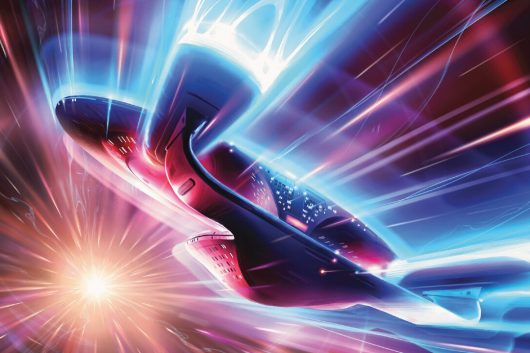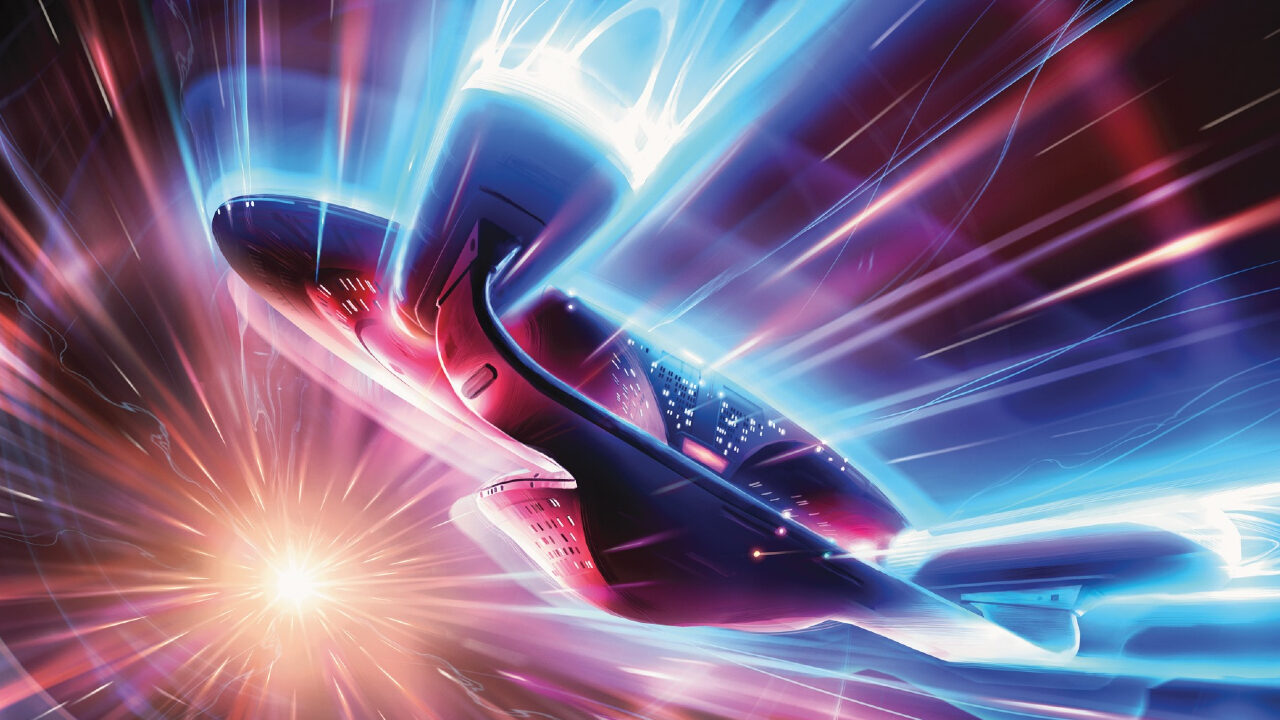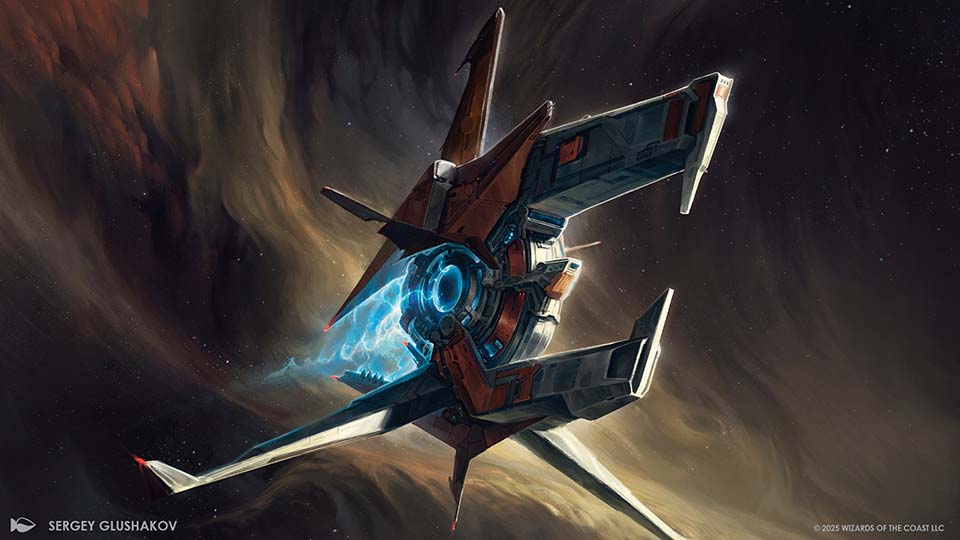


Over the past several years, *Magic: The Gathering* has undergone a significant tonal transformation. The leading trading card game has shifted its emphasis away from its unique narrative and lore, opting instead for real-world collaborations with various intellectual properties—an initiative known as Universes Beyond.
From a creative angle, this is an interesting endeavor that highlights the breadth of *MTG*’s design and thematic elements. The same methodology that has enabled the game to narrate the tales of its own heroes and realms through gameplay mechanics can, in some way, be applied to entirely different characters and environments. Nonetheless, from the perspective of a fan, it can seem as if a beloved game is being overrun by numerous other franchises.
Universes Beyond has accomplished some remarkable things so far. However, the ratio of standard sets to cross-promotional sets is changing significantly, leading to some apprehensions for *MTG* players across the spectrum.
As a veteran *MTG* player, I find myself torn about *Universes Beyond*. Based on the psychological profiles that Wizards of the Coast identified, I would categorize myself as a “Vorthos”—I have always been captivated by the game’s narrative and characters, I miss the times when each set or block would come with a companion novel to elaborate on the events, and I often prefer to construct a casual deck focused on a strong theme or a particular character rather than pursue the latest overpowering meta strategies. I am attracted to the aspects that imbue the game with flavor, the components of a card “that serve the function, or primary function, of conveying information about what the card signifies thematically.”
Looking at the game from this angle, I value many aspects of what Universes Beyond signifies… while simultaneously, as a consumer, I harbor equal concerns. Therefore, in light of another series of crossovers introduced this weekend at MagicCon Atlanta, it is worthwhile to reassess these advantages and disadvantages of the initiative, and speculate on the future direction of the game.
## Wish Fulfillment Via Planeswalking
Since its launch, the story or flavor of *Magic: The Gathering* has always been about battles between mages. Players embody Planeswalkers, sorcerers who can navigate through the fabric of reality to other dimensions. Wizards of the Coast has crafted an extensive array of these distinct realms, from its original “main setting” of Dominaria to the Japan-inspired Kamigawa, from the vast city-plane of Ravnica to Bloomburrow, where every creature takes on an anthropomorphic animal form.
For those unfamiliar, the cards you utilize in *MTG* represent the spells you unleash against your opponent. Creature cards are allies you summon to engage in combat on your behalf (not unlike a Pokémon battle, truthfully). Instants and sorcery cards such as Fireball or Lightning Helix signify you hurling the raw elemental energy of magic at your opponent or their creatures. When you utilize a planeswalker card such as Jace, The Mind Sculptor, you’re calling upon a fellow ‘walker from the series’ lineup to aid you temporarily.
### The skeptical viewpoint on Universes Beyond suggests that it adopts the *Fortnite* model of integrating pop culture into a blend that would make even *Ready Player One* blush.
Now that Universes Beyond is introducing icons from other intellectual properties into *MTG*, it feels as if you’re summoning them to battle on your behalf in an interplanar contest… which makes sense from a thematic perspective. If *you*—the human residing on Earth—suddenly discovered the ability to summon someone powered by your imagination, would you call forth an imaginary beast from another realm, or would you summon a Time Lord or zombie slayer from your favorite television series?
If I could travel back in time and inform my 10- or 12-year-old self that a single game would permit me to not only summon Squall from *Final Fantasy VIII* but also transform him into Super Sonic, equipping him with Gandalf’s powerful sword Glamdring and the capabilities and responsibilities of Spider-Man, even my overactive adolescent imagination might have burst. In a sense, these crossovers are more organic than they appear.
The challenge, however, resides in oversaturation.
## Too Far Beyond
Initially, Universes Beyond appeared to be a quirky little side project confined to limited-run Secret Drop products, something that most players lack the motivation or desire to explore unless there’s a theme that intrigues them. Then came the *Warhammer 40,000*-themed Commander decks. Following that, it escalated to a complete, full set featuring *The Lord of the Rings: Tales of Middle-Earth*, inspired by Tolkien’s Legendarium. This was an unconventional decision but one that still aligned with the game’s high-fantasy settings.
Fast forward
No Comments
To comment you need to be logged in!